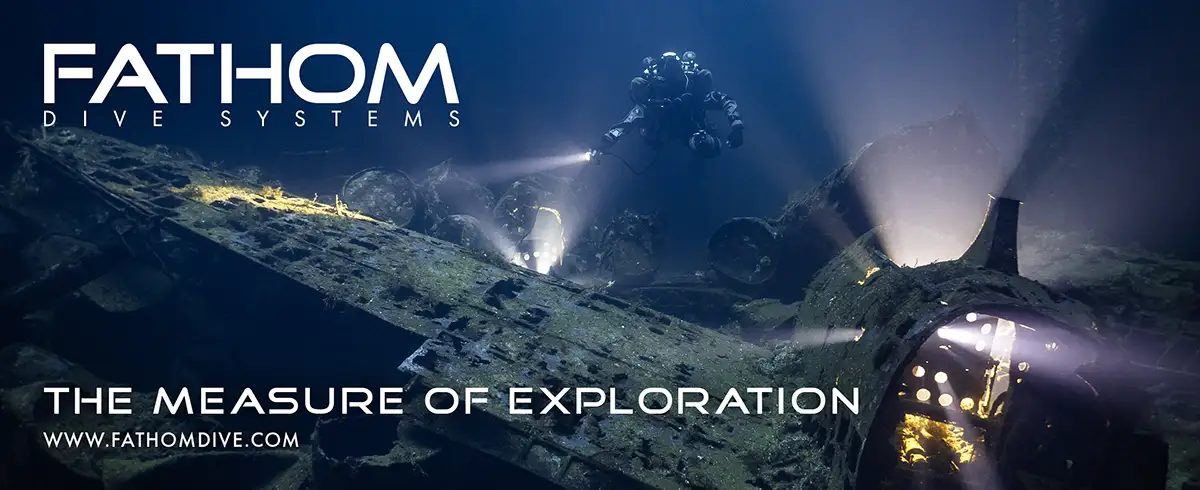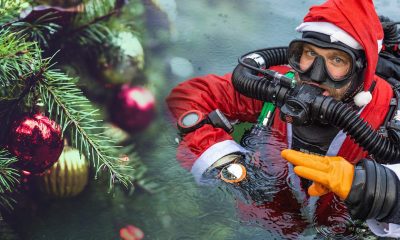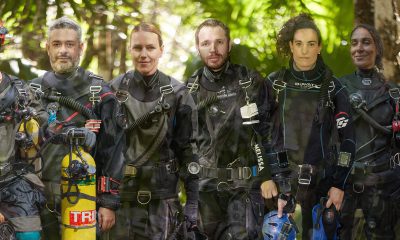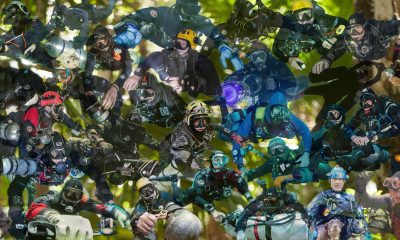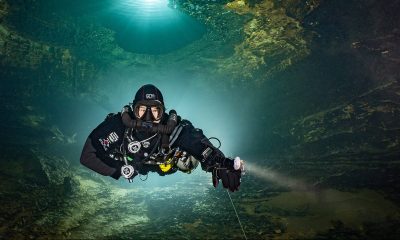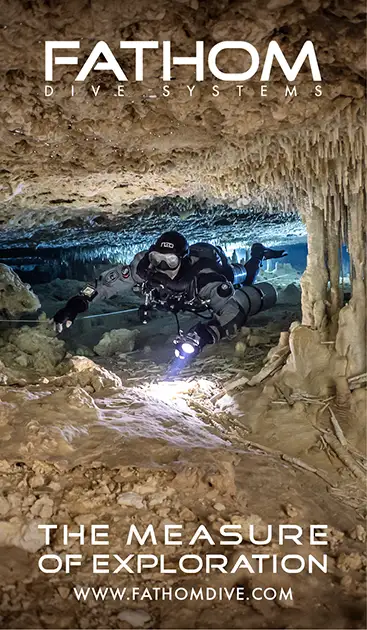Community
The Who’s Who of Sidemount

Tomasz “Michur” Michura
Tomasz is a Polish technical diving instructor who is chiefly associated with sidemount, and owner of Sidemount Silesia. He has devoted most of his time and efforts to developing sidemount skills and procedures as well as promoting this configuration around the world. He is best known for his multi-cylinder skills and is established in the sidemount community. He tries to hit the water every day and is a great advocate of constant underwater practice paying attention to every detail. His motto is, “As sidemount is a craft of tricks, I need to master them all”. Tomasz continues his sidemount adventure continuing his own education as well as teaching beginner and advanced courses.
What is sidemount to you?
Sidemount setup is not just a way of diving for me, it’s also a way of life. I have devoted several years to it, developing new exercises, working on my trim and composure, and looking for ways to make diving better, more effective and, above all, safer. I still see potential for improvements in sidemount and I’m glad that this system is constantly developing. While typically used in an overhead configuration, sidemount has become a system that works well in open water conditions and is eagerly chosen even by divers who do not have the aspirations to dive in tight caves. After appropriate training, it becomes an excellent tool for the implementation of all manner of diving projects and, in addition, gives the diver a lot of freedom and pleasure during diving.
What can improve sidemount?
There is still a lot of work to be done in terms of sidemount development. Many divers and instructors rightly believe that we need to focus on standardizing this diving method. Different agencies, different manuals, and a wide range of instructors constantly seem to promote different procedures, different methods of using equipment, and alternative training methods. I regret that we do not have uniform standards that could standardize the work of instructors. This would also help students who seem to be confused by the multitude of techniques, procedures, and skills. I also believe that some agencies too easily award the title of “sidemount instructor” to people who have little knowledge of this configuration or rarely dive in it.
I also regret that so little time is spent on refining the methods of getting in and out of the water for various conditions, such as when diving from a boat. For years I have been fighting with the mistaken belief that it is impossible to dive from a boat in sidemount. It is possible, but you need to know how and prepare for it very well by training in shallow water beforehand.
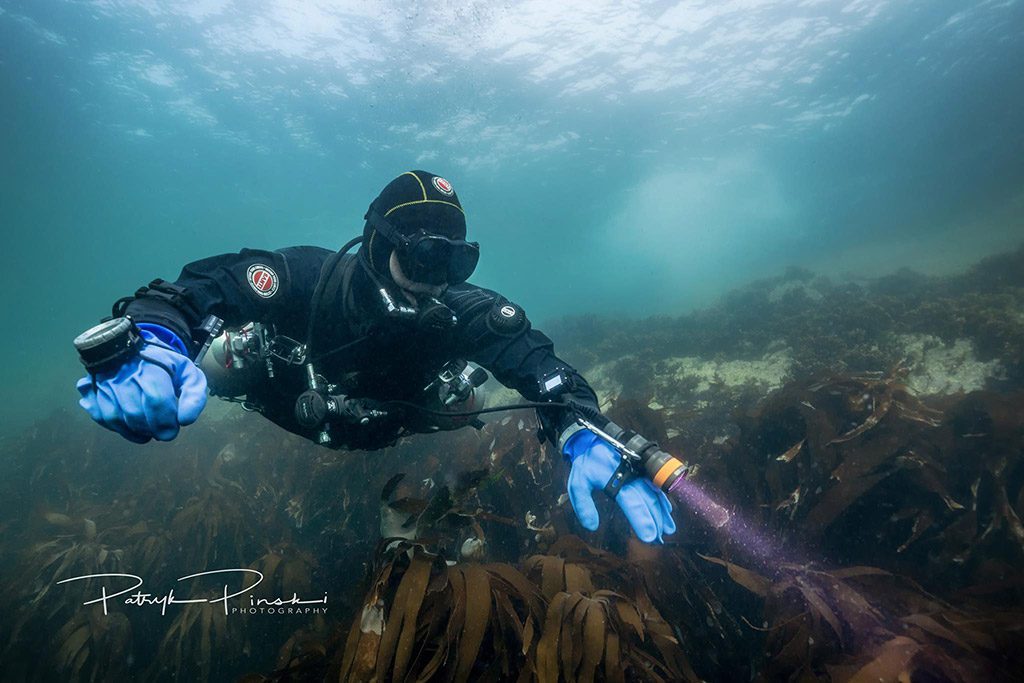
Why are skills important? Is perfection even more?
This question seems simple, but it is not. I regret to say that many novice divers, including myself in the past, pay the most attention to their general appearance and comfort of swimming and how well their cylinders are trimmed. Of course, this is an important aspect of diving, but we must not neglect safety procedures. In addition, I believe, and after some time my students started saying the same, thanks to our work on skills, buoyancy, and general in-water mastery. Constant repetition, building muscle memory and learning self-discipline and perseverance will certainly bring many benefits and in case of an emergency, could reduce danger and eventually even save a diver’s life. For example, one of my students sent me a message saying my demand that he become proficient in valve drills saved his life when he needed to deal with a real emergency at depth. I have myself met criticism for focusing too much on details but I’m not going to change my approach, because I believe that in sidemount, every centimeter counts, every move is extremely important, and that the devil is in the details.
What’s the most underrated skill in sidemount training?
In addition to teaching methods for entering the water, propulsion technique instruction leaves much to be desired. Sidemount offers excellent streamlining to enable divers to use different types of frog, flutter, or back kicks, and my favorite, sideways swimming. What I am concerned about the most, however, is the lack of mastering the ability to donate the long hose, which I often see in students who come to me to do a technical sidemount course using a stage after having done technical courses elsewhere.
Return to: The Who’s Who of Sidemount
DIVE DEEPER
Speaking Sidemount: E002 – 4 Foundations of Sidemount Diving – Michur Interview Part 1
Speaking Sidemount: E003 – Michur Interview Part 2
YouTube: PART 2 ENTERING WATER IN SIDEMOUNT (DOUBLEENDER SERIES)
YouTube:PART 3 ALTERNATIVE BOAT JUMPS IN SIDEMOUNT (DOUBLEENDERS SERIES)




